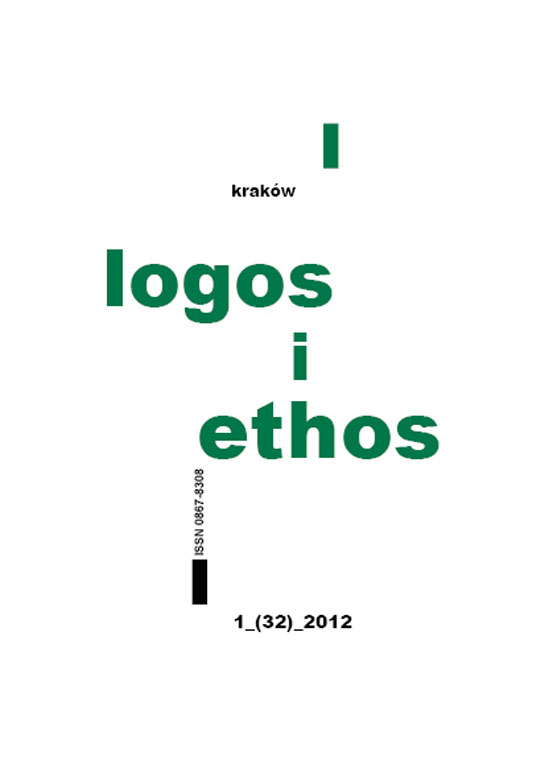Beauty and Art in Solovjev (1850–1903) and in Bulgakov (1874–1948). Does Beauty Save the World?
DOI:
https://doi.org/10.15633/lie.196Abstract
In Solovjev beauty is substance. He suggests „beauty” and „the good” to be Siamese twins and predicts that beauty will transform „material being” to a „moral order”, thus saves the world! The essay examines Solovjev’s eschatology that in fact denotes a special view of Creation: Creation awaits continuation by man’s ability to create beauty. Beauty in nature arises by the cosmic representative of Divine „All-unity”, by the sun. In human life man’s consciousness is to overtake the sun’s cosmic role and create beauty by re-creating in life. The relationship between the animals’ and human consciousness signifies the same relation as beauty in nature versus beauty in life: we should change our attitude towards nature, which doubtlessly is an ecumenical, ecological, and universally modern request. The formation of a righteous society springs off nature’s and society’s permanent spiritualisation by the sun-like lucidity of human ideas that brightly illuminate nature and matter. Solovjev’s eschatology holds that nature’s creation has not ended after Seven Days, but nature yields the seeds to co-Creatorship. This is precisely why man should change his attitude towards nature by spiritually enlivening it. The Churches’ unification, the future Universal Church, the manifestation of „All-unity”, would of course correlate to beauty.
Co-creatorship, man’s task and ability to re-create beauty by changing his attitude towards nature doubtlessly belongs into the spheres of theurgy. This is the point where Sergej Nikolaevich Bulgakov entered the discussion with Solovjev and made quite a different point. He corrected Solovjev by insisting that only God’s descending acts into this world make theurgy, make continuous Creation possible. Basically, theurgy depends on God’s will. However, God’s „theurgic descent” and, as he called it, man’s „sophianic ascent” may join together and generate the possibility of co-creatorship, another of Christanity’s miracles. This, the intersecting of ascending and descending wills and wishes is what Bulgakov called „Sophia-urgy”.
Diametrically opposed to Solovjev, Bulgakov defended that God entrusted theurgic might to the Church exclusively. Man – through the Church’s mediation – is merely „recipient” of theurgy, never its „creator”. The Eucharist sacrament shelters „sophianic” knowledge that is needed to begin the world’s transformation into beauty. „Spiritual beauty” is not of this world, but it is bound to the Eucharist, the cradle of life. Beauty in Bulgakov, and in Solovjev, is another expression for the spiritual reunification of the created and the Uncreated, in short the re-arrival of original beauty. Similar to Solovjev also Bulgakov hoped for nature’s spiritualisation as condition sine qua non to beauty’s future reign. Only, he focused on the Church’s tasks to reincarnate Sophia, the beauty of God’s Wisdom, on earth.
Downloads
Published
Issue
Section
License
Copyright (c) 2012 Katharina Breckner

This work is licensed under a Creative Commons Attribution 4.0 International License.
Authors who publish with this journal agree to the following terms:
- Authors retain the copyright and full publishing rights without restrictions, and grant the journal right of first publication with the work simultaneously licensed under a Creative Commons Attribution 4.0 International License that allows others to share the work with an acknowledgement of the work's authorship and initial publication in this journal.
- Authors are able to enter into separate, additional contractual arrangements for the non-exclusive distribution of the journal's published version of the work (e.g., post it to an institutional repository or publish it in a book), with an acknowledgement of its initial publication in this journal.
- Authors are permitted and encouraged to post their work online (e.g., in institutional repositories or on their website) prior to and during the submission process, as it can lead to productive exchanges, as well as earlier and greater citation of published work (See The Effect of Open Access).

